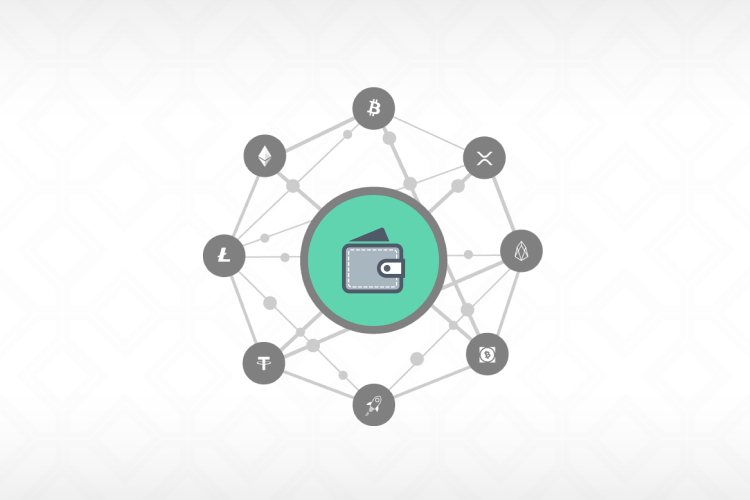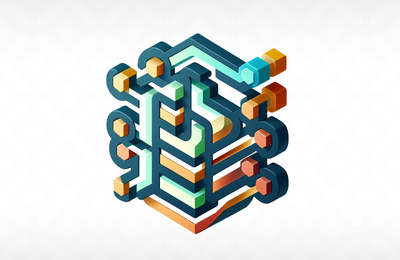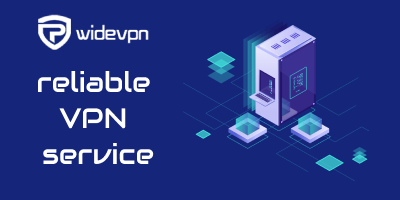
Why do you need a Web3 wallet and what is it in the first place? If you want to get started with cryptocurrency and blockchain, understanding what web3 technology is and getting your web3 wallet are the first steps to take.
What’s Web3?
Web3 was coined by Ethereum’s co-founder Gavin Wood who describes this latest tech as the Post Snowden Web. In the article Insights Into A Modern World, Wood highlights the importance of a zero-trust interaction system, putting the web users’ in charge of their own data.
Blockchain technology powers the web3 version of the internet with decentralization at its core. One of the best ways web3 will benefit the users will be through its use of blockchain or decentralized networks (DApps).
Furthermore, cryptocurrency plays a vital role in web3 as DApps use digital currency as a financial incentive to lure users in. It rewards these users for using a platform that web2 platforms don’t.
What’s A Web3 Wallet?
A web3 wallet allows users to store their digital assets (like NFTs, cryptos, etc.). These wallets are similar to crypto wallets, which are used to access the web3 economy, letting the users interact and access DApps.
Users are hyped about web3 wallets being non-custodial as they can store their digital assets without involving a third party, eliminating the extra steps of KYC. As a result, the wallet owners have total privacy and anonymity.
Unlike other wallets, web3 wallets give control ownership to the users. The owner can access their web3 wallet through seed phrases or private keys. However, keeping the wallet safe and secure is the owner's full responsibility.
Besides storing digital assets, a web3 wallet lets owners swap tokens and send and receive digital assets. Although these wallets provide unbridled anonymity, owners can still link their identity to a non-anonymous wallet.
Types Of Web3 Wallets
1. Hot Wallets
Any crypto wallet connected to the internet is a hot wallet. Hot wallets are the most common, with ease of use as the primary factor. These wallets save digital assets online. The private keys are also stored in the cloud or the internet, making them more vulnerable and susceptible to hacking and external attacks. Hot wallets are of two types:
● Web-based wallets, which work as an extension for browsers. It allows users to interact with web3 platforms and send digital assets.
● Mobile wallets, which allow users to access and manage their digital assets through mobile devices.
2. Cold Wallets
In contrast to hot wallets, cold wallets are not connected to the internet. Cold wallets are hardware devices used to store cryptocurrencies offline. They are more secure and hack-proof as they require an additional signature while making any transaction. Private keys remain stored offline in cold wallets.
To conclude
Web3 wallets make sending, swapping, and receiving digital assets seamless for users. Not even wallet developers can access your wallet if you keep the private keys secure. They also provide sole ownership to the users, making it a great option for traders.















